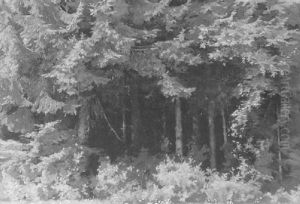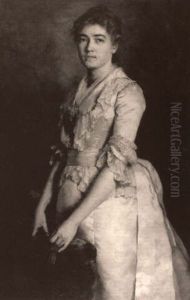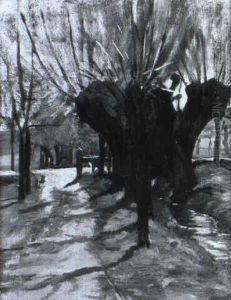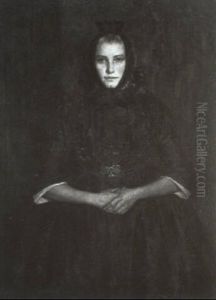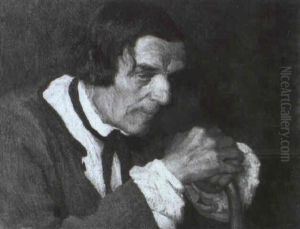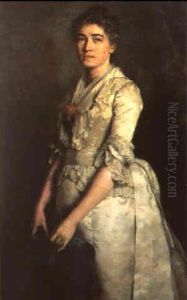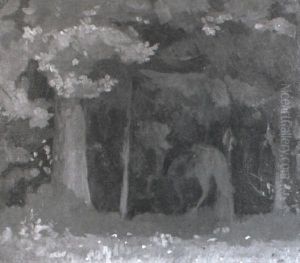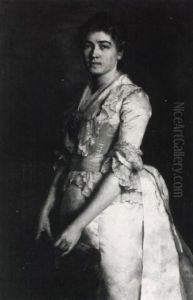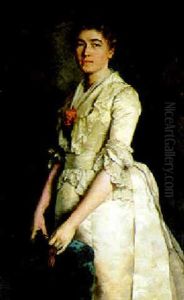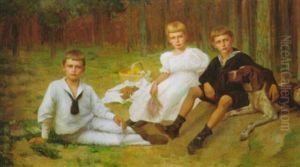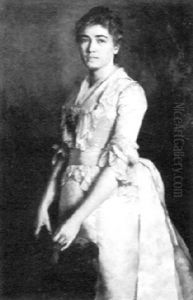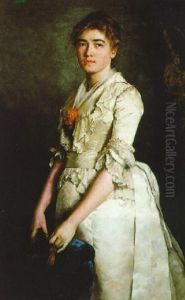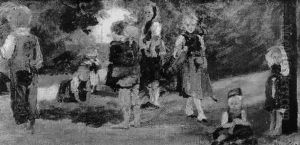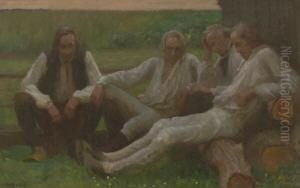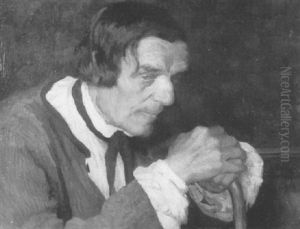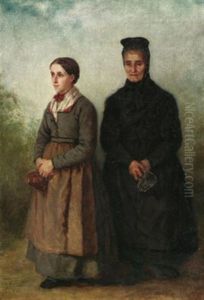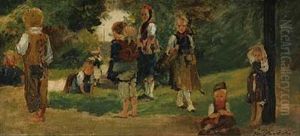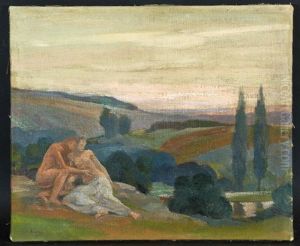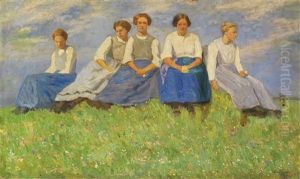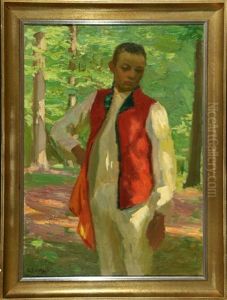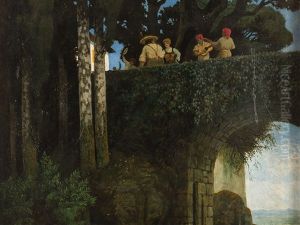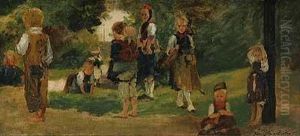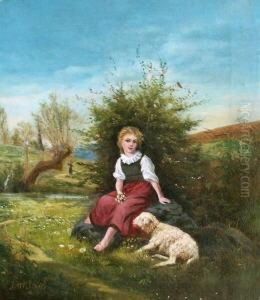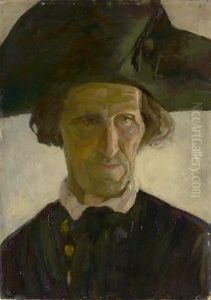Carl Bantzer Paintings
Carl Bantzer was a German painter and writer associated with the Impressionist movement. Born on August 28, 1857, in Homburg vor der Höhe, Germany, Bantzer grew up during a period of significant change in the German art world. He began his artistic education at the Grand Ducal Saxon Art School in Weimar and further developed his skills at the Munich Academy. Bantzer's early work was influenced by the Academic art training he received, which emphasized classical themes and technical precision.
As his career progressed, Bantzer became increasingly interested in the plein-air painting that was central to Impressionism. He often depicted the rural life and landscapes of Germany with a focus on capturing the transient effects of light and atmosphere. In 1891, he became a member of the Willingshausen Painters' Colony, a group of artists who worked in the small town of Willingshausen in the Schwalm region. This environment furthered his exploration of naturalist and Impressionist techniques.
Bantzer was not only a painter but also an art educator. In 1895, he was appointed as a professor at the Kassel Art Academy, where he influenced a generation of artists. He held this position for many years, fostering the development of young talent and promoting the values of Impressionism and plein-air painting within an academic setting.
Throughout his life, Bantzer was an active participant in the German art community. He exhibited with various artists' associations and received numerous awards for his work. His legacy includes not only his own paintings but also his contributions to art education and the promotion of Impressionist ideals in Germany.
Carl Bantzer passed away on January 15, 1941, in Kassel, Germany. His work remains recognized for its contribution to German Impressionism and its depiction of the German countryside, which provided a unique and enduring record of rural life at the turn of the 20th century.
